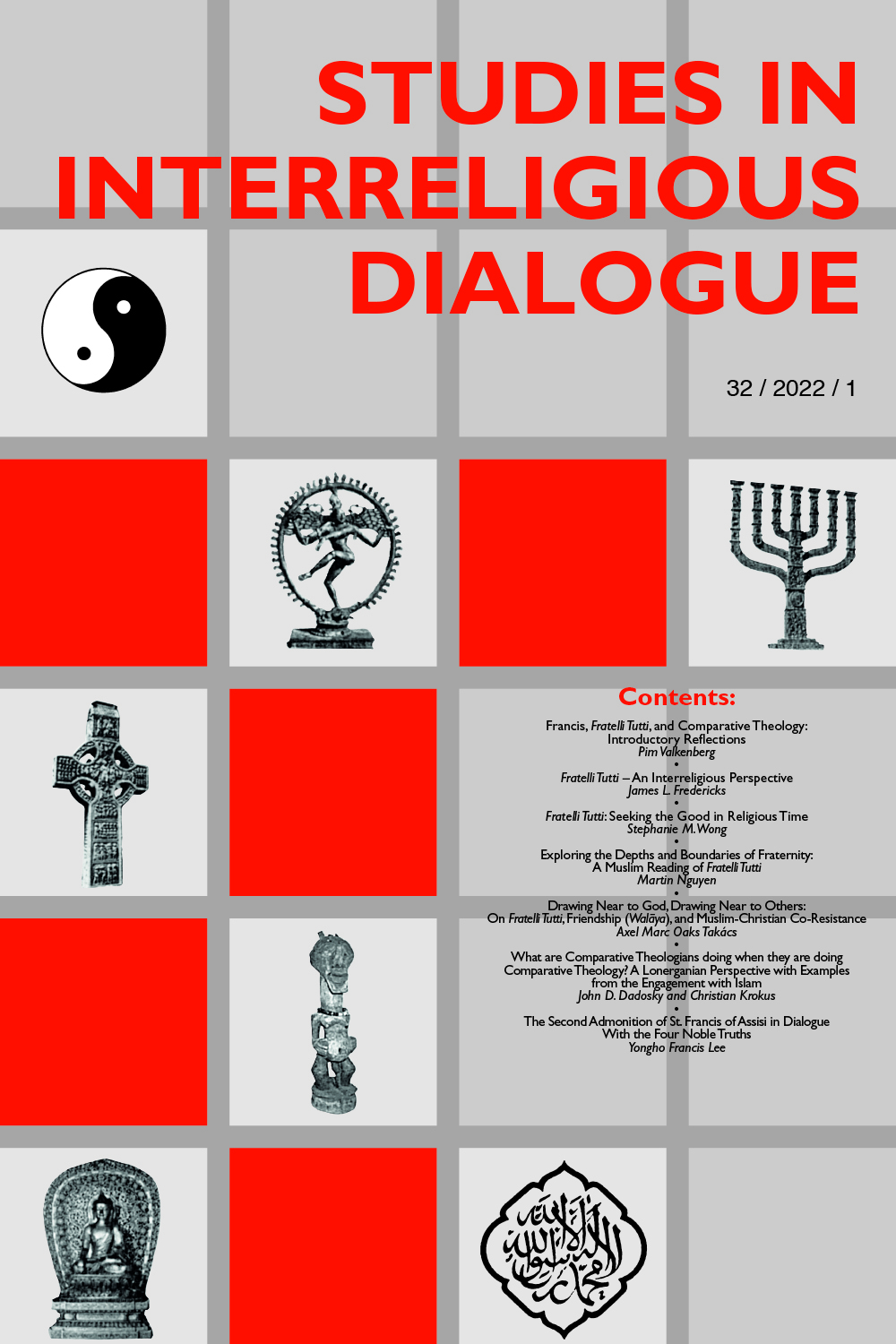 previous article in this issue previous article in this issue | next article in this issue  |

|
Document Details : Title: The Ecumenical Patriarchate of Constantinople Subtitle: A Religious Minority and a Global Player Author(s): ATHANASIOU, Stefanos Journal: Studies in Interreligious Dialogue Volume: 26 Issue: 2 Date: 2016 Pages: 215-225 DOI: 10.2143/SID.26.2.3200417 Abstract : As primus inter pares of the Orthodox Churches, the Ecumenical Patriarchate takes its historical position very seriously, especially in respect to the responsibility for preserving the unity of all Orthodox Churches. Historically, the role of the Patriarchate has changed since the fall of Constantinople in 1453. The earlier ecclesiastical and pastoral role developed into a distinct political role within the Ottoman Empire. Although the Church Leader, the Patriarch at that point also held a parallel role to the political leaders and, with that, responsibility for the Rum Millet (the Orthodox Millet) within the Ottoman Empire. The Ecumenical Patriarch was an Ethnarchos, and this meant he was responsible to the Sultan for every event in his Millet. As so often in politically troubled times, many Patriarchs lost their lives because they could not keep their Millet under control to the satisfaction of the Sultan and the Ottoman authorities. At the present time, the Ecumenical Patriarchate has had to fight for its historic and global role in the face of opposition from the Turkish State, because the State does not recognize the global role of the Ecumenical Patriarchate. Yet the Patriarchate is represented on nearly all continents (Europe, America, Asia, and Australia) with Archdioceses and Metropolitanates, and it has taken a leading role in the ecumenical movement within the Orthodox Church. An historical review of the Ecumenical Patriarchate serves as a reminder of the roots and tasks of the Patriarchate, and to underline its role for the future. |
|
